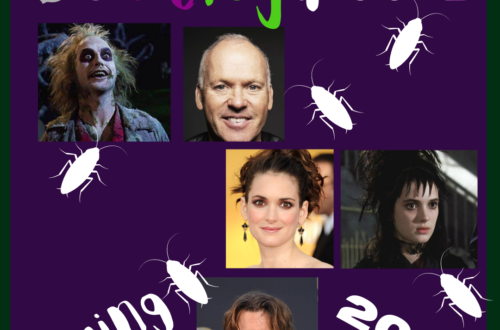
The French Dispatch
By: Aleks Stacy
Wes Anderson’s long and successful career as a director has created many movies with an interesting and similar feel. His most recent movie, The French Dispatch, came out in theaters this November.
Wes Anderson follows a style for this film similar to his previous films. His movies have always had a very symmetric style of camera set up, where the main focus is usually in the center of the screen. As well, Wes Anderson uses a high variety of bright vibrant palettes for each film which gives them a distinct look.
This director’s distinct look is shown in The French Dispatch.The opening scene gives an exposition of the town and work environment in which the newspaper The French Dispatch is made. This created a very calm setting and foreshadows how the movie will be laid out.
Moving past the exposition, the film continues to describe the sections in the newspaper, which is the focus of the film, by introducing each character that writes for a section. The movie in total consists of four sections from the journalists. The first being an article about the life of the city.
In the city life portion of the movie, the film gives a great description of the town. While Herbsaint Sazerac rides through the town on his classic bike, he describes the normalities of the people.
The second section is titled the artist section. The writer J.K.L Berensen tells an inspiring story about how a clinically insane prisoner wants to change his life around through art. He begins to paint a woman in the nude and sells it to a rather impatient gallerist. Wes Anderson’s love for color is displayed well in this segment in a different way by making the majority of this story in black and white.
Moving into the third story, the audience is now in the politics section. The story is told by Lucinda Krementzm, a journalist refusing to get married because of her occupation. The journalist describes how college boys and girls have intense chess matches with their superiors to earn equal rights for the dorms.The coloring of these scenes could be a little confusing alternating between black and white and color display.
The fourth and final section is about food and cuisine. This story is the climax of the movie and difficult to follow due to advanced vocabulary and many digressions. This portion doesn’t even have much of a section about food, it’s a story about how Roebuck Wright’s hosts’ son has been stolen. Roebuck is the journalist telling the complicated story. Throughout the scenes, Anderson draws several portions of the scenes as cartoons in an almost comic style.
In the conclusion of the movie, the editor-in-chief of the French Dispatch, Arthur Howitzer Jr., dies of a heart attack. Making everybody sad and unemployed.
This film is a great continuation of Wes Anderson’s unique directing style, while adding a new and interesting feel.




